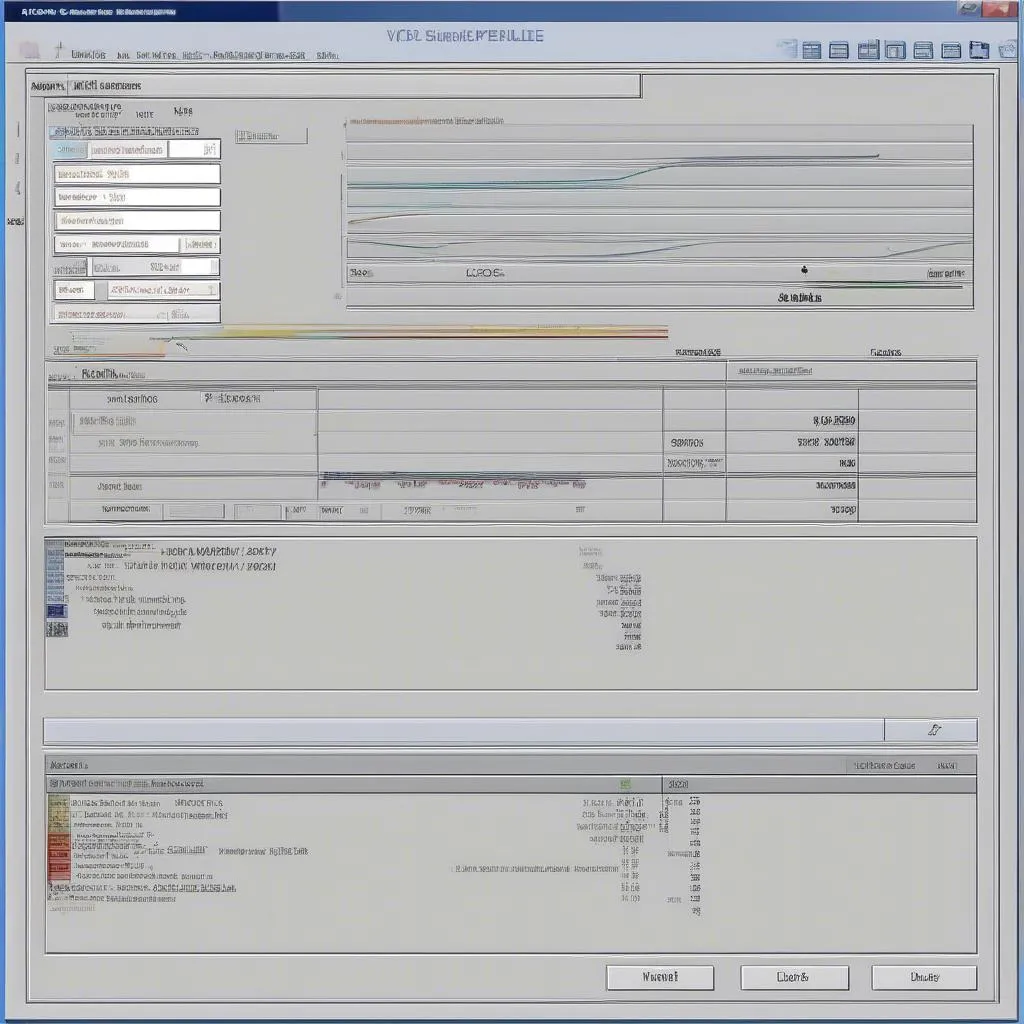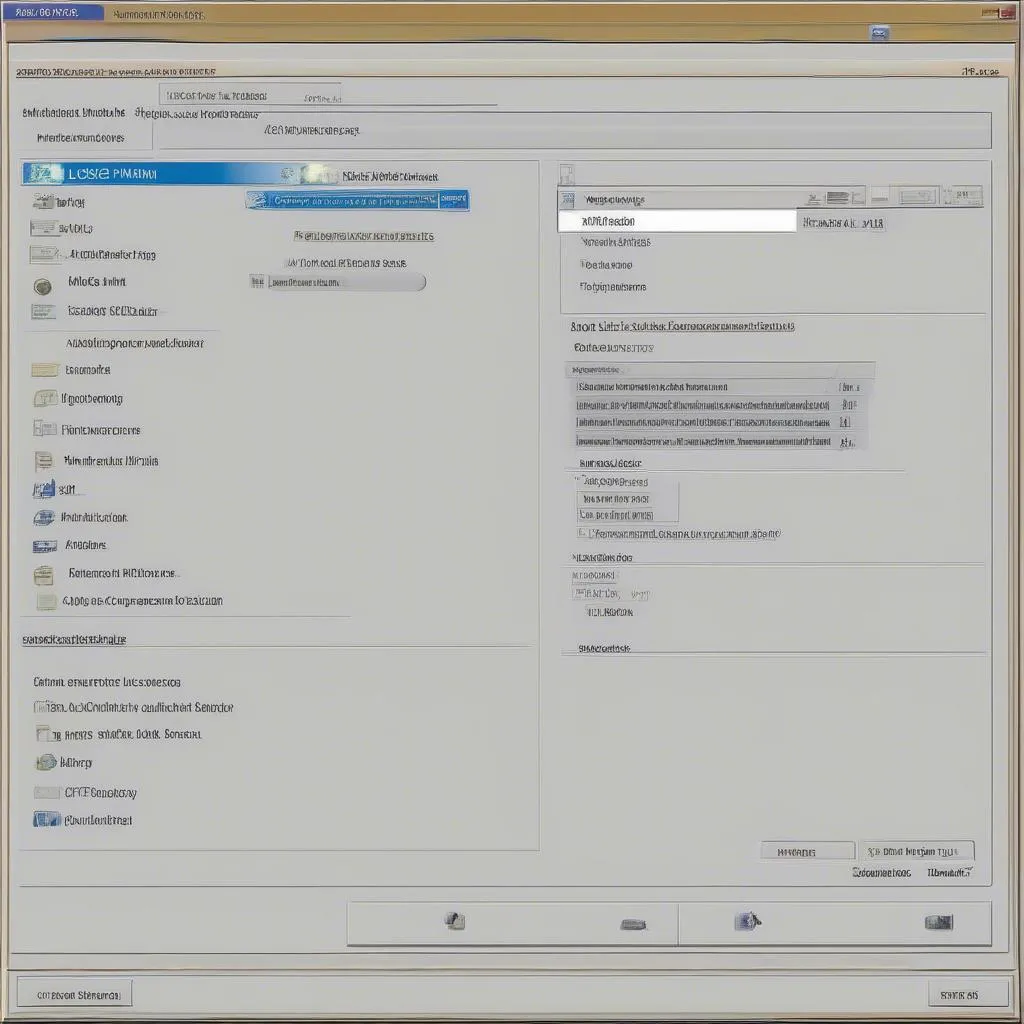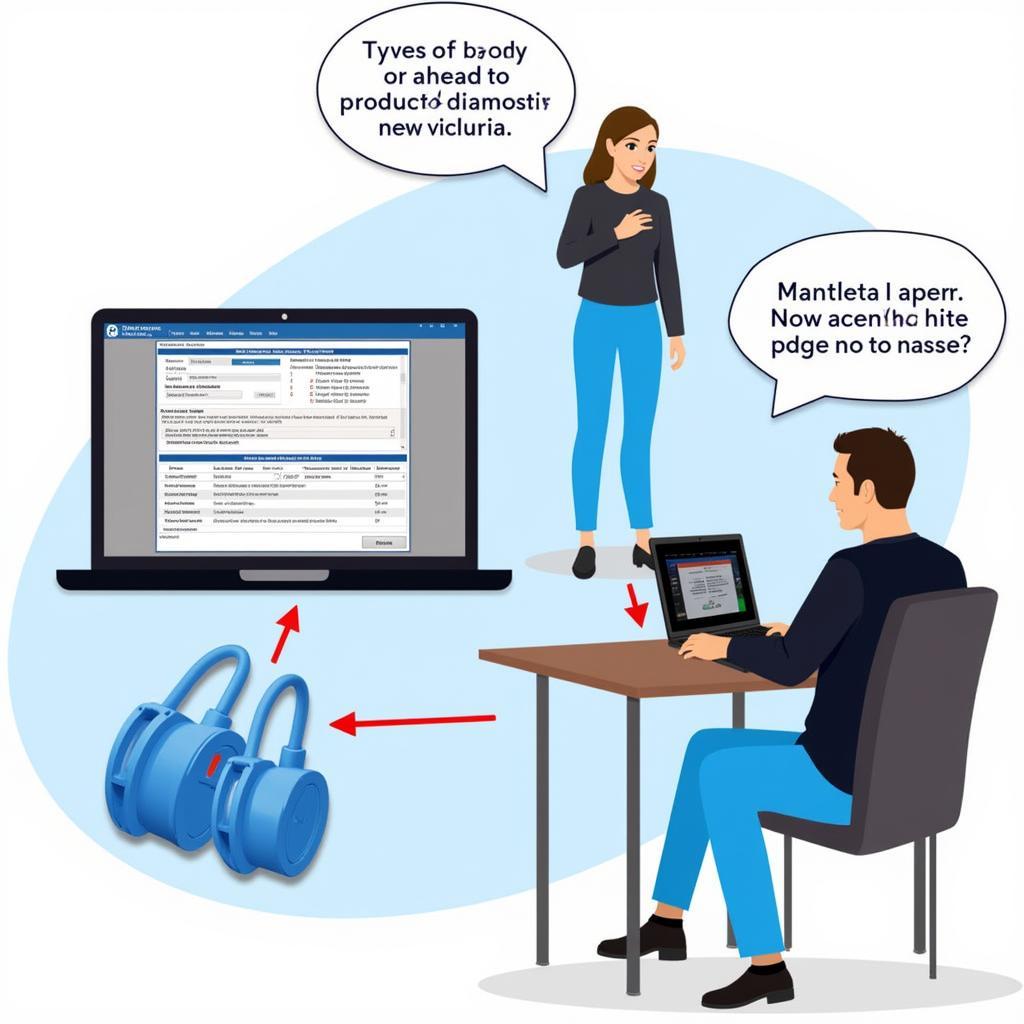As an automotive technician, having a reliable diagnostic tool is crucial, and VCDS (formerly VAG-COM) is a popular choice for VAG (Volkswagen Audi Group) vehicles. This powerful software can read and clear fault codes, perform adaptations, and record data logs to help you diagnose and fix issues. But where exactly does VCDS save these important logs? This article dives deep into the answer and provides everything you need to know about locating and managing your VCDS logs.
Understanding VCDS Logs
Before we explore their location, let’s first understand what VCDS logs are and why they’re essential for diagnostics.
VCDS logs are essentially recordings of various parameters and data streams from your vehicle’s Electronic Control Units (ECUs). These logs capture real-time information about sensors, actuators, and system performance while you drive or perform specific tests.
“VCDS logs are invaluable for troubleshooting intermittent problems,” says automotive electronics specialist, Dr. Emily Carter, author of “Advanced Automotive Diagnostics.” “They provide a snapshot of what the car was doing at a particular moment, which can be crucial for pinpointing elusive faults.”
 VCDS Logs Example
VCDS Logs Example
The Importance of VCDS Logs
- Troubleshooting intermittent issues: Logs help identify problems that don’t trigger constant fault codes.
- Monitoring system performance: Analyze data like boost pressure, fuel trims, and sensor readings to assess component health.
- Verifying repairs: Compare logs before and after repairs to ensure the issue is resolved.
- Sharing data with experts: Provide logs to mechanics or online forums for further analysis and assistance.
Locating VCDS Logs
VCDS saves its logs as text files (.txt) on your computer, not within the software itself or on the diagnostic interface. The exact location depends on your operating system and how you configured the software:
 VCDS Software Options
VCDS Software Options
Windows:
-
Default Location: By default, VCDS saves logs in the “Logs” folder within the VCDS installation directory. This is typically found at:
- C:Ross-TechVCDSLogs
-
Custom Location: You can change the default log save location within VCDS. To do this:
- Open VCDS and connect to your vehicle.
- Go to Options.
- In the “Directory for Logfiles:” field, click Browse and choose your desired folder.
macOS:
- The process for macOS is similar. VCDS for macOS typically saves logs within the application’s data folder.
Finding and Managing Your VCDS Logs
-
Navigate to the Logs Folder: Go to the default or custom location you set for VCDS logs.
-
Identify Your Log Files: Logs are saved as .txt files with names that include:
- Date and time of the log recording.
- Vehicle identification (VIN) or model information.
- Type of data logged (e.g., measuring blocks, fault codes).
-
Opening Log Files: You can open VCDS log files with any text editor. However, using VCDS itself or a dedicated log viewing software provides better formatting and data analysis capabilities.
-
Organizing Your Logs: Create subfolders within the Logs directory to categorize logs by vehicle, date, or problem.

